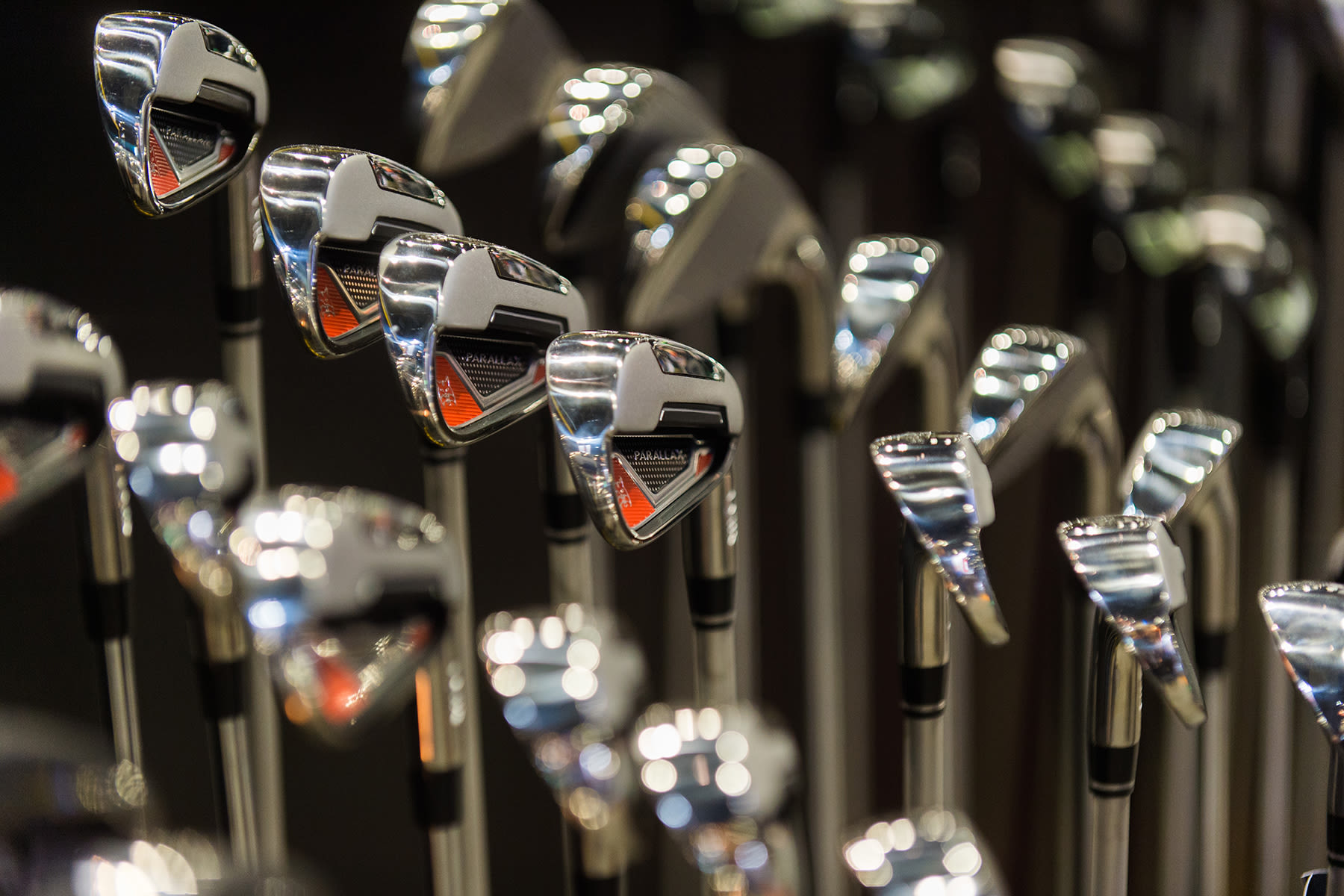Grow My Game
How Club Fitting can Help the High Handicap Golfer
By Michael Benzie
Published on

When I decided I was going to get back into golf, I wanted to be strategic. I knew enough to start a plan.
My 3-step plan:
- Find and/or develop a swing. Did that to the best of my ability at the PGA Center for Golf Learning and Performance at PGA Village
- Match myself to suitable golf clubs
- And absolutely crush it with my putting and short game
I knew I’d need new golf clubs, and everyone had opinions for what might match a 20-plus handicapper best. So I took it slow. I’ve played about 20 rounds with my previous set, which I bought used five years ago. It’s clear to me that golf is about confidence, and it’s hard to be confident if you have no idea if the clubs you’re using are the clubs you should be using.
The reason I waited was that I wanted to be sure I had “my swing” in order.
That’s a common thought process as it turns out, when it comes to club fitting. Players that are not consistent on the golf course (i.e. almost everybody on the golf course) worry they’re not consistent enough to get fitted professionally for clubs, said Bill Price, a PGA Professional and Director of Club Fitting at Mizuno.
That was my fear. That I’d somehow show up and exhibit a swing flaw that maybe comes with the first tee-style pressure of swinging on command. Or worse, I’d somehow stripe the ball with uncommonly picturesque swings that in no way reflect my game. And maybe would be outfitted with clubs that someone like me has no business holding.
“Your swing is your swing”
This is what Price told me when I met him at the Golf Learning Center at The Country Club of the South, not far from Mizuno USA headquarters. Quick programming note here: I chose Mizuno because of A) proximity and B) I had a head start fitting at a nearby golf store. I had simply already narrowed down the brand.
Bottom line is this: One of the best ways to get fitted is with a local PGA Professional, wherever that may be.
When you get down to the actual fitting and striking, the order goes like this, though Price says it sometimes fluctuates. It starts of course with an assessment, and understanding of what you want to get out of the experience. Then there’s what Price calls the pillars of club fitting:
- Length
- Lie
- Shaft
- Grip size
- Type
When we got started, I was of course thinking thoughts of “regular Mike Benzie swing, regular Mike Benzie swing.” It’s hard to elude. Sensing I doubted that “swing is my swing” comment, Price had me take three swings with just a shaft and three to four with a club fitted with the Shaft Optimizer, a Mizuno specific tool that Price says distinguishes (and expedites) its fittings.
Sure enough I get the same readings. These guys are good.
The technology, by the way, is top notch. My favorite part is reading the results of each shot side by side. You measure headspeed, tempo, toe down, kick angle and release factor. It’s great to see the ball flight, but then you can see the numbers, and watching one club or shaft or combination rise to the top of the list is pretty cool. It also adds confirmation that even someone struggling to break a 100 can rely on his or her key stats remaining constant.
Another barrier to getting fitted
Other than the fear that inconsistency will lead to a bad reading and ill-fitted clubs, all golfers, no matter the skill, have other barriers to being fit. The most common: Time. For the fitting at a large store, it can be 30 minutes or so. For mine, maybe closer to 45 minutes. Some can take half a day. For me, it was enjoyable, so any amount of time was welcomed. You feel a little like a star.
The final step, of course, will be results. It’s not an easy game, so I’m sure I bear a little responsibility for any improvement, but I do know that the fitting results on paper were pretty clear. And every PGA Professional I’ve talked to is confident that a proper fitting can, as Price put it, dramatically improve confidence, consistency, direction and distance.
Time will tell for me. If it works out, maybe I won’t even need to work on that short game.
Time will tell for me. If it works out, maybe I won’t even need to work on that short game.
For more information on club fitting, check with your local PGA Professional.
#Intermediate#Coaching

